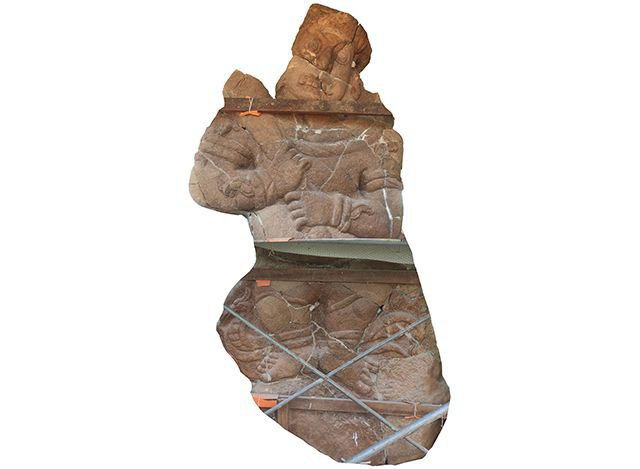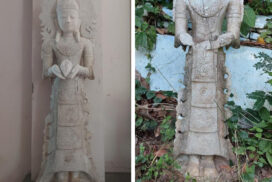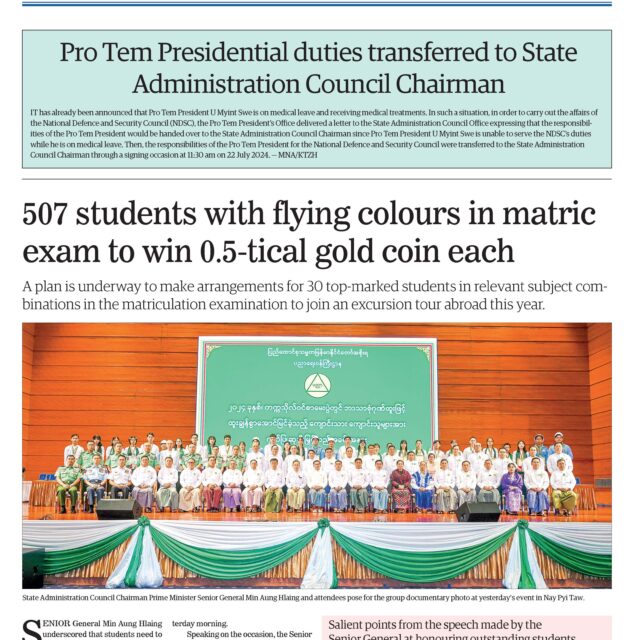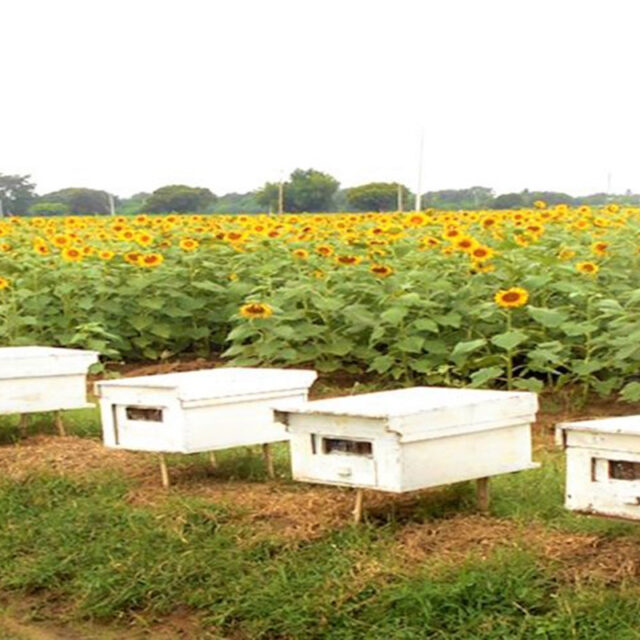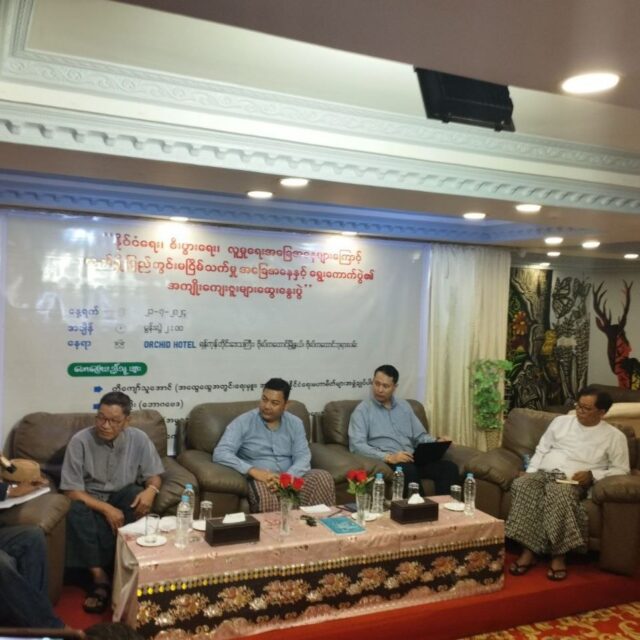Commenting on the research article in Antiquity Archaeology Journal based on radiocarbon dating that the Hanlin chronology is from early 3000 BC to beyond 1000 AD, it could even be earlier with more studies, U Kyaw Myo Win, an archaeologist from the Ministry of Religious Affairs and Culture (Bagan Division), told the Global New Light of Myanmar (GNLM).
The ancient Pyu city-state of Hanlin is located in Wetlet Township, about nine miles southeast of Shwebo in Sagaing Region, and the Antiquity Archaeology journal described a research article in its February 2024 issue, namely “Late prehistoric and early historic chronology of Myanmar: a four-millennia sequence from Halin[Hanlin]”.
The research team has conducted new radiocarbon dating on 94 samples from Hanlin, a UNESCO-listed site in Myanmar, and after lengthy comparative studies of the dating results with the site’s stratigraphy and pottery traditions, the researchers concluded that Halin shows a chronological sequence from the early third millennium BC to the early second millennium AD, and due to this finding of the beginning of the sequence, Myanmar’s Hanlin is the oldest currently dated neolithic site in mainland Southeast Asia.
“What they said is correct. With more analyses, it could be even earlier. If the research continues with more findings, Hanlin City could have a Stone Age culture,” U Kyaw Myo Win replied when the GNLM asked him about the findings.
With more research studies, a continuous settlement back to the Stone Age in Hanlin could be revealed, he said.
“When a chronology study of Beikthano, Sri Ksetra and Hanlin was made according to the stratigraphy, Hanlin’s Pyu culture was found to be quite thin. But its culture in the early Pyu era was thicker,” he added.
MT/ZN
